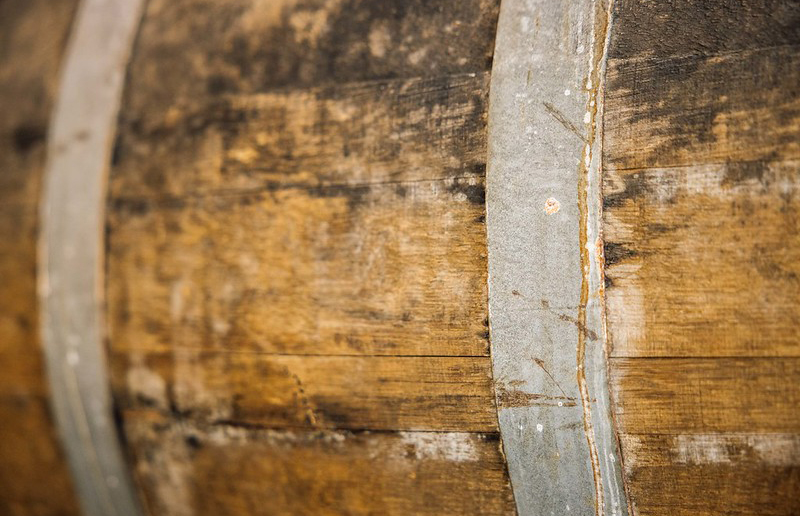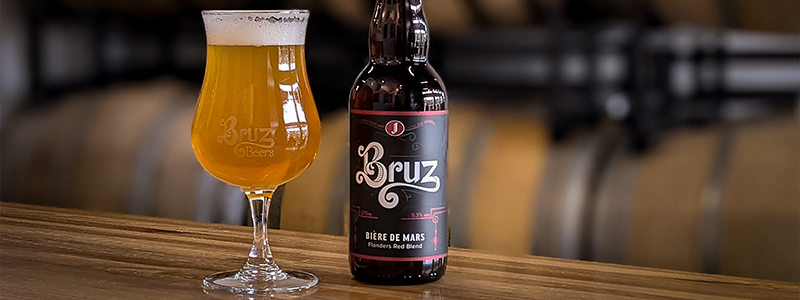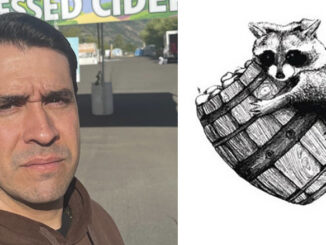
Being a Belgian-focused brewery, Bruz Beers Head Brewer David Olson and his team meticulously labor over the use and care of its growing wooden fleet.
The Denver facility will use spirit and wine barrels but Olson told Brewer he favors reusing wine barrels more because they are more sturdy and sustain less damage over time.
“I rarely reuse spirit barrels for clean beers,” he said. “They are thin-staved barrels and often begin to leak and dry over time, and the subsequent beers suffer from it.
“Not to mention the value of the flavor obtained from a spirit barrel is nearly eliminated after first use.”
If reuse is desired, Olson said he will steam-pasteurize the barrel upon drainage and seal for refilling.
READ MORE: Are You Treating Your Barrels The Best? Tips on Storage & Care
“I would be prepared to refill within a week,” he advises. “The major value — at least the way I think about barrel beer- for re-using a “clean” barrel is to carry over some of the flavor of the previous beer into the new beer. For that reason, I avoid rinsing.”
For wine barrels. Bruz often sends a clean beer through a wine barrel first to take advantage of the flavors the wine that has soaked into the wood offers.

“Most often our re-use of a wine barrel after the clean beer goes through is for a “wild” beer or mixed-culture beer (Wild yeast, Brettanomyces, and lactic acid-producing bacteria),” Olson said, adding that the procedure is the same as reusing spirit barrels by steaming the barrel and refill within a week.
“If more time is necessary the barrel can be filled with a citric acid storage solution and racked until we are ready to refill,” he said. “When we’re ready to refill we drain the barrel, rinse with cool water, and again steam pasteurize and refill.”
When re-filling with mixed-culture beers Bruz will reuse a barrel indefinitely until it stops holding liquid or it begins to consistently produce bad beer — especially if it always churns out high volumes of acetic acid or acetone.
Old barrels are either sold to taproom regulars, home brewers, or furniture makers.
“Sometimes they’re just chopped up and burned in my pizza oven or smoker,” Olson said.
Bruz has what Olson called a “tiny fleet” that is easy to track in Ekos and with note cards attached to the barrel itself. At this time, outside of how the barrel performs with a previous batch Bruz doesn’t have the lab or money to perform detailed tests.
“However, during steaming, we do our best to get an accurate temperature of the wood staves,” he noted. “We can be relatively certain that if we exceed a temperature of 140 degrees Fahrenheit on the external surface of the barrel wood that we’ve pasteurized the barrel and are ready to refill.”






Be the first to comment